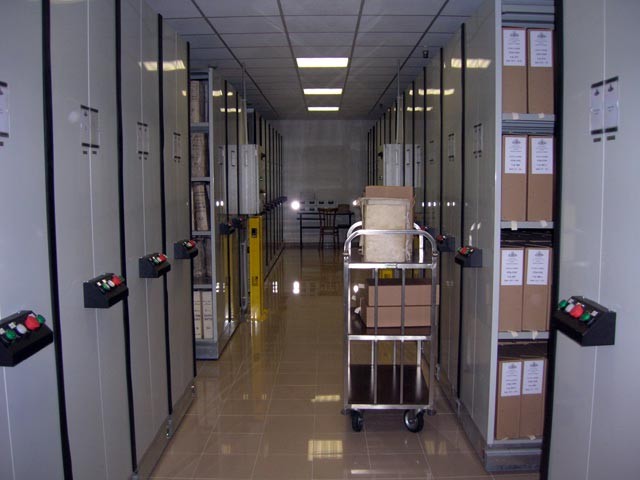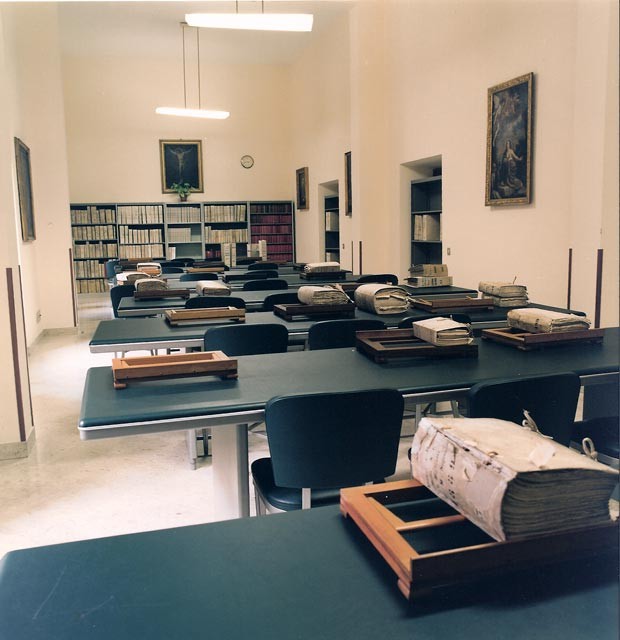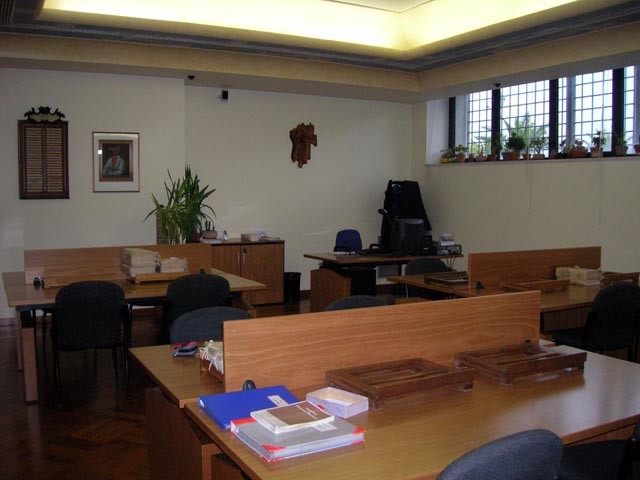BRIEF HISTORY
The beginnings and Msgr. Francesco Ingoli’s work
It was Msgr. Francesco Ingoli, the first Congregation’s Secretary (1622-1649), who was anxious to collect, from the beginning, the necessary information regarding the ecclesial and missionary situation in the different mission territories. To do this he applied to Apostolic Nuncios, General Superiors of the different Religious Orders and to individual missionaries, thus making Propaganda Fide Congregation the best informed Roman Curia’s Dicastery.
Considering also that this documentation would become important for the Congregation, not only to develop a specific work and effective program, but also, later, for historiography, Msgr. Ingoli meticulously gathered all the documents concerning the Congregation’s activities: reports, letters, missionaries’ petitions, drafts of the Dicastery’s members meetings, records and copies of letters, instructions, circulars, decrees, etc. creating, in this way, the foundation for those Missionary Archives, of which he himself was the first archivist.
Thus a documentary collection on countries and peoples dependent on the Congregation "de Propaganda Fide" was born, unparalleled in the whole Catholic Church and maybe even in the world. In fact, it contains not only mission and church information, but also cultural, ethnographic, geographic, etc. information of an inestimable value for the peoples of Africa, Asia, Oceania and others.
The Archives during the Napoleonic period
During the French occupation, Napoleon moved to France the entire Archives. The documents were brought back to Rome and returned to the Congregation only after Napoleon’s fall. It was because of this "episode" that some valuable documentation volumes were lost; others were taken to Vienna (Austria) and returned to the Dicastery in 1925.
The different Archives’ location
In order to keep this documentation, Pope Urban VIII provided, already in 1627 a special place in the Vatican Palace. Later, for a short period of time, the Archives were located in the Cancelleria Apostolica, together with Msgr. Ingoli’s Office and finally, after Ingoli’s death, it was transferred to the Congregation’s Palace, built in Piazza di Spagna. Finally, during year 2001, the Historical Archives were moved from the Dicastery to its current location in Pontifical Urbanian University Campus (Via Urbano VIII, 16). This new Archives, whose construction began under Cardinal Jozef Tomko’s prefecture, were officially inaugurated on January 5, 2002, by Cardinal Crescenzio Sepe, the new Congregation’s Prefect. The inauguration ceremony was held on the 380th Anniversary of the Propaganda Fide Congregation’s foundation (January 6, 1622).
The transfer to the new Janiculum home
Beginning in November 2001 and ending in September 2002, the implementation and transfer of the historical documents to the new Archives building (Via Urbano VIII) forced the Congregation for the Evangelisation of Peoples to close the Archives’ doors to researchers around the world for a period of almost two years.
During this period, a first inventory of about 40% of the documentary material preserved in deposits was compiled and the mechanical cleaning of 5,180 volumes was done. The documents (12,500 volumes dating from 1622 until 1959) were placed in approximately 2,500 boxes) and transferred to the new building in seven different trips (realized in different moments during this period).


 DEPOSITO NUOVO ARCHIVIO
DEPOSITO NUOVO ARCHIVIO
 SALA STUDIOSI ANTICA
SALA STUDIOSI ANTICA
 SALA STUDIOSI MODERNA
SALA STUDIOSI MODERNA